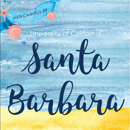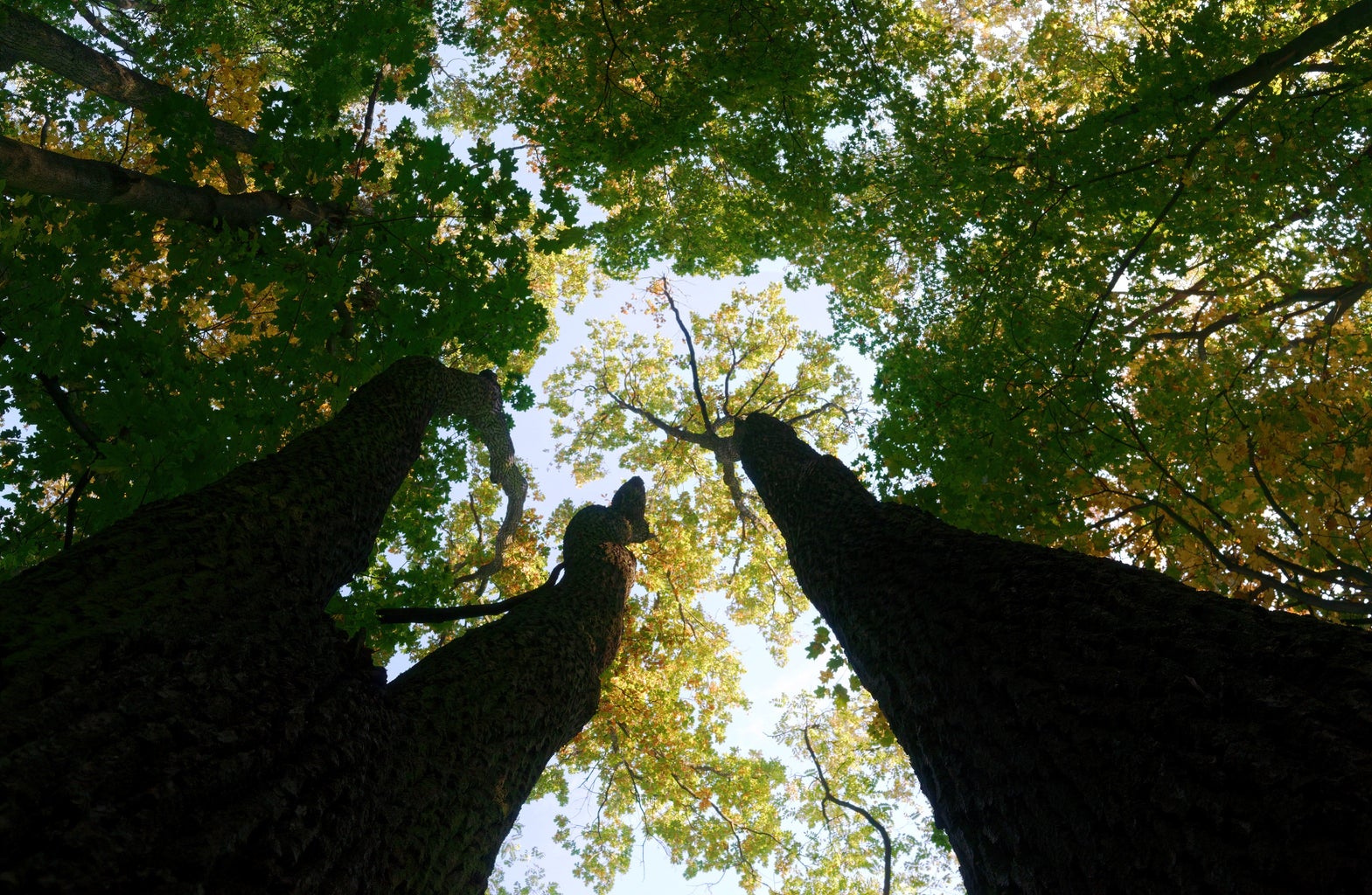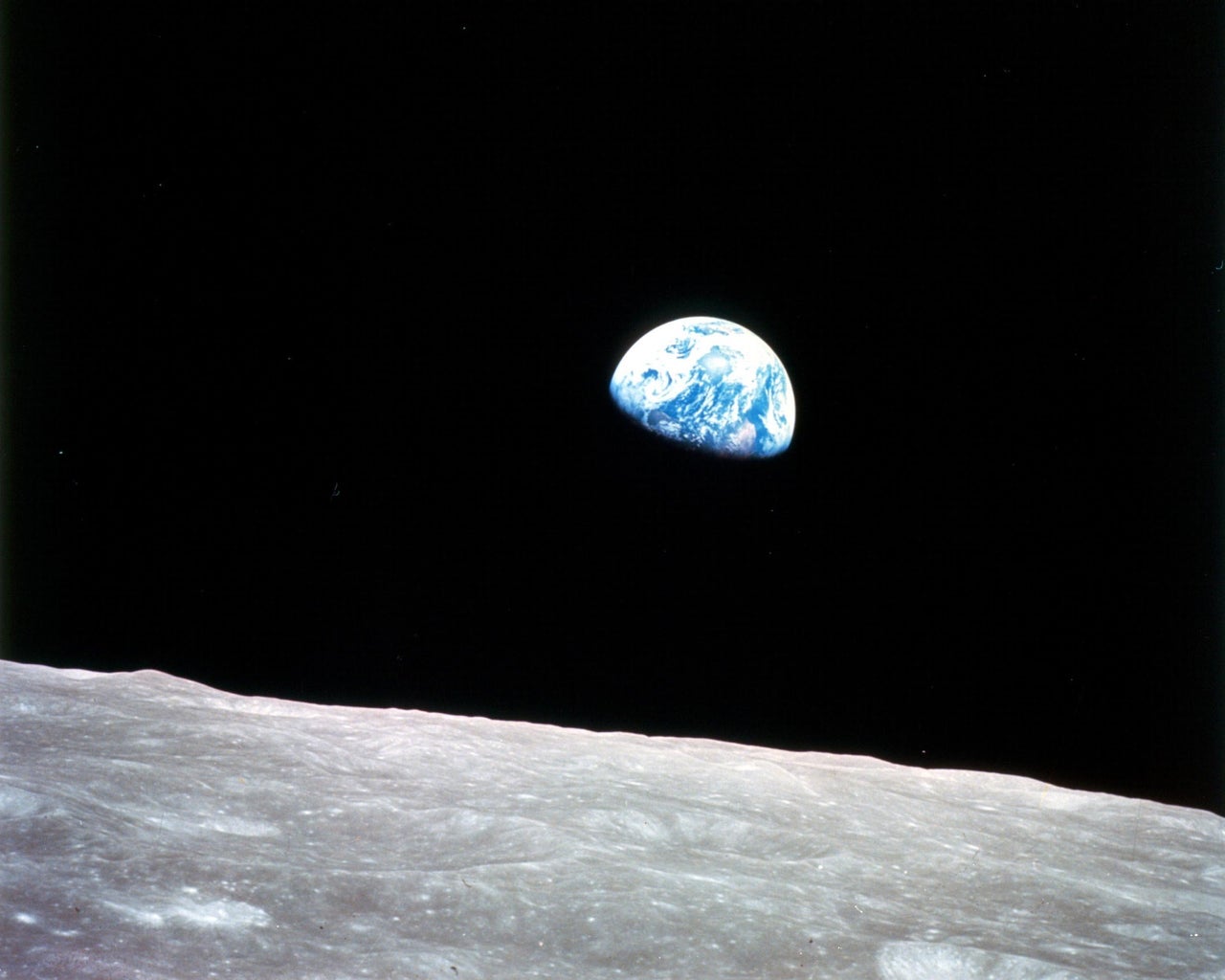On Wednesday, April 22nd, we celebrated Earth Day— a day that marks the anniversary of the birth of the modern environmental movement in 1970. Passionate activists during that time organized in response to an environment in crisis, including smog, polluted rivers, and oil spills. 50 years ago, 20 million Americans went out to the streets to protest environmental ignorance and demanded policies that would allow for our home planet to become a better place for all living organisms to live. Unfortunately, we are facing a serious pandemic that has resulted in stay-at-home orders and self-quarantine. Therefore, we are unable to spend as much time outside to appreciate nature’s wonders and its beauty.
On the bright side, the quarantine period has shown some positive effects on the environment. Last month, people started posting pictures on Twitter of marine life in the canals of Venice. With Italy under lockdown and the boats no longer operating, there was less pollution in the canals. While National Geographic would eventually debunk these photos as not necessarily being taken in the canals, they nonetheless provided some light, positivity, and hope during a time of darkness. Similarly, on Earth Day, I was pleased to see my friend’s profiles and Instagram stories filled with beautiful pictures of wildlife, plants, trees, and the horizon.

As I viewed these pictures, I recalled my time last fall in Professor Jarett Henderson’s HIST 2C class. One week, we focused on the anthropocene period, described as the current geological period in which human activity has been a prominent influence on the climate and the environment. We looked at the case study of the 1969 Santa Barbara Oil Spill. The Santa Barbara Oil Spill of 1969 was an absolutely terrible disaster that had negative consequences on the local community and wildlife. The extent of the disaster prompted environmental activism that fought for better environmental regulation and recognition of the impact of human-driven activities on the environment.
It all began on January 28, 1969. Workers were drilling a well and pulling up the pipe on Platform A. One crew member heard a loud roar and saw dark gray mud mixed with gas shoot upwards. The well had blown out and what would result was the largest oil spill in American history. Although the well was capped after 11 days, the seepage continued until December that same year. On the first day, a huge oil slick expanded to a size that covered 75 square miles. It made its way from Goleta to Ventura and even towards the Channel Islands.
Witnesses mentioned that the sand on the beaches were covered in a black, oily goo. The oil covered the coast so much that you could not even hear the waves crash. The best effort to combat the spill was throwing straw into the ocean to absorb the oil. As a result, the tourism and fishing industry suffered, the beaches closed down, and the residents of the central coast were in disbelief from what they experienced. Worst of all, the oil spill had devastating consequences on wildlife. Thousands of seabirds and marine life died as a result of the contamination. More specifically, nearly 3,700 birds were confirmed dead. Sea lions and dolphins swallowed the tar, which resulted in their deaths. Marine biologists conducted necropsies on several dolphins and described that there was a large amount of crude oil in the blowhole. UCSB students were just a few of the individuals who decided to engage in rescue efforts for the animals. They took birds who came to the shore to a cleaning station where they would then wash the oil off of their feathers.
Just two days later after the spill, a local anti-oil organization called Get Oil Out (GOO!) was formed in response. GOO activists participated in a wide range of efforts to protest the oil drilling in the coast. Within a few months, they started a petition and collected over 200,000 signatures from all around the world to get the oil out of the Santa Barbara Channel. They even collected little flasks of oil to be mailed to legislators and politicians. On March 21, 1969, Richard Nixon visited Santa Barbara to see the clean-up efforts for himself. In his comments, he wrote that the situation is bigger than just Santa Barbara itself. He believed that the event would serve as a wakeup call for other parts of the world to figure out alternative solutions; to use the resources of the sea and land more effectively and more environmentally-friendly, so that they could preserve the beauty and natural resources for the future.
The 1969 Santa Barbara Oil Spill had a lasting impact on those who witnessed it firsthand. Inspired by the anti-war student protests, one year later a Wisconsin senator named Gaylord Nelson worked to mobilize college students to have teach-ins about environmental issues including air and water pollution. In the decades leading up to the first Earth Day, Americans were consuming huge amounts of gas through massive and inefficient automobiles, leading to air pollution. He recruited a young activist named Denis Hayes to organize the campus teach-ins on April 22nd. Hayes also recruited staff across the nation to include a wide range of Americans with varied interests and those part of the different focus groups to also bring awareness to the cause. This became the first Earth Day.
The oil spill left a lasting legacy on environmental policy. Not many know this event that devastated our local wildlife inspired Earth Day, which is now celebrated globally. The first Earth Day also inspired the creation of the Environmental Protection Agency (EPA) and the passage of other environmental legislation like the National Environmental Education Act, the Occupational Safety and Health Act, and the Clean Air Act.





